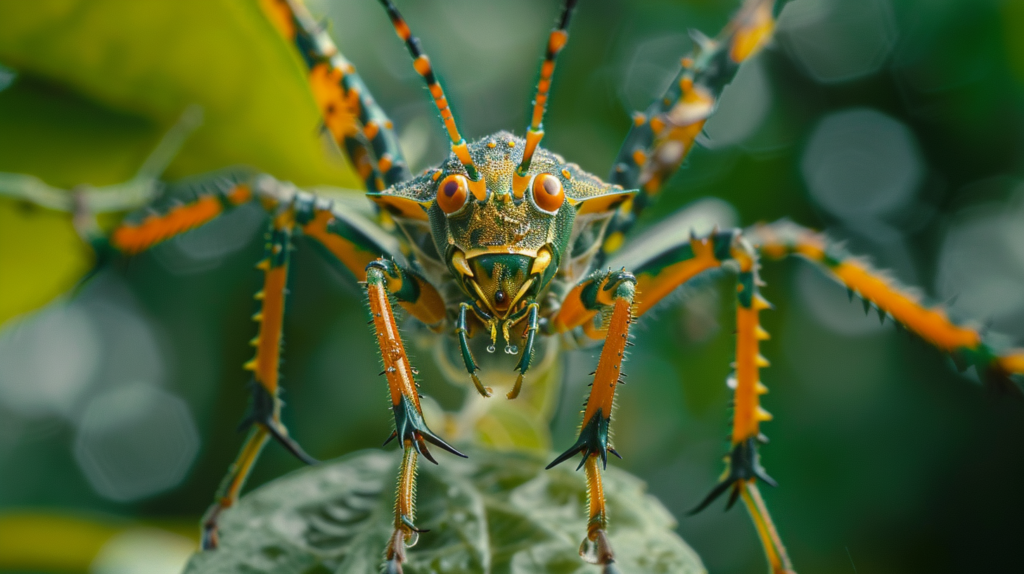Assassin bugs might sound like something out of a spy novel, but these real-life insects are just as stealthy and dangerous as their name suggests. With over 7,000 species worldwide, these predatory bugs have a unique and gruesome way of feeding that’s both fascinating and terrifying. Let’s dive into 18 unsettling truths about the assassin bug’s deadly “kiss.”
A Kiss of Death

The assassin bug’s bite is often called a “kiss,” but it’s far from romantic. When these bugs bite, they inject a powerful venom that liquefies their prey’s insides. This process is painful for the victim and can be dangerous for humans too. The bug then uses its straw-like mouth to suck out the liquefied organs, leaving behind an empty shell.
Masters of Disguise
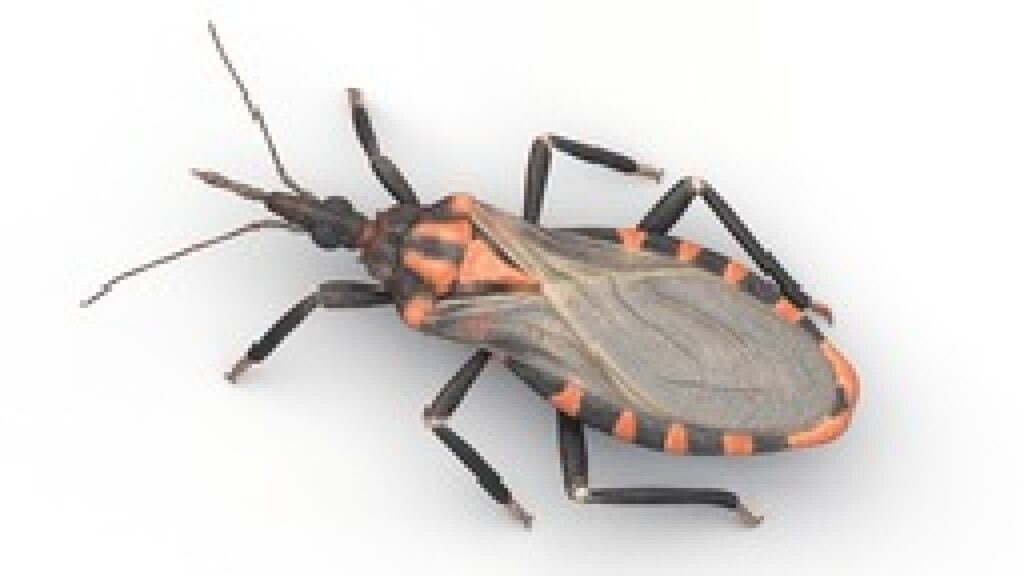
Assassin bugs are expert camouflage artists. They can blend in with their surroundings, making them hard to spot. Some species even cover themselves with debris or the corpses of their victims to hide from predators and sneak up on prey. This gruesome disguise helps them survive and hunt more effectively.
Silent but Deadly
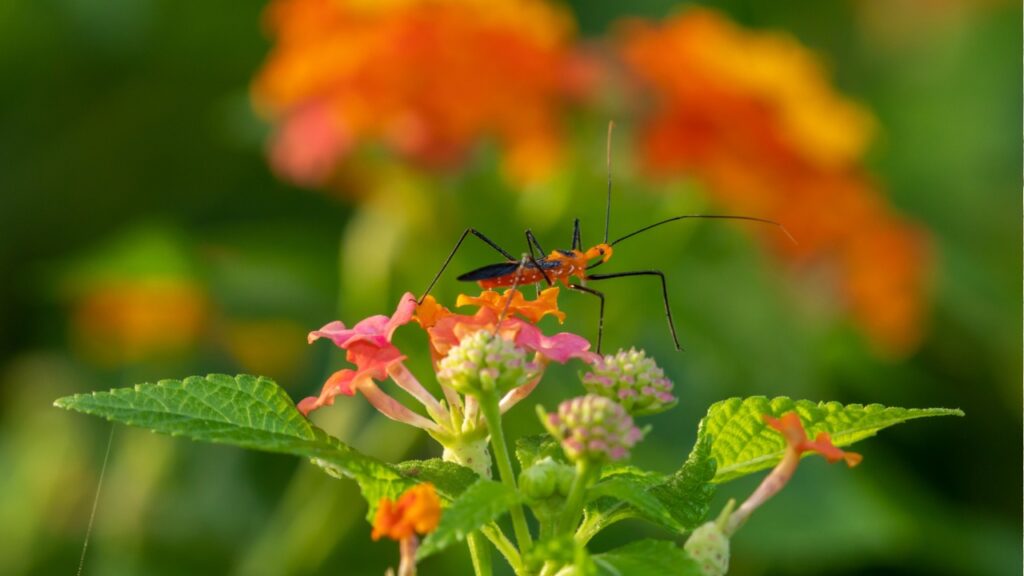
These bugs are incredibly stealthy hunters. They move slowly and quietly, often freezing in place if they sense danger. Their victims usually don’t know they’re there until it’s too late. This silent approach, combined with their powerful venom, makes them formidable predators in the insect world.
A Diverse Family
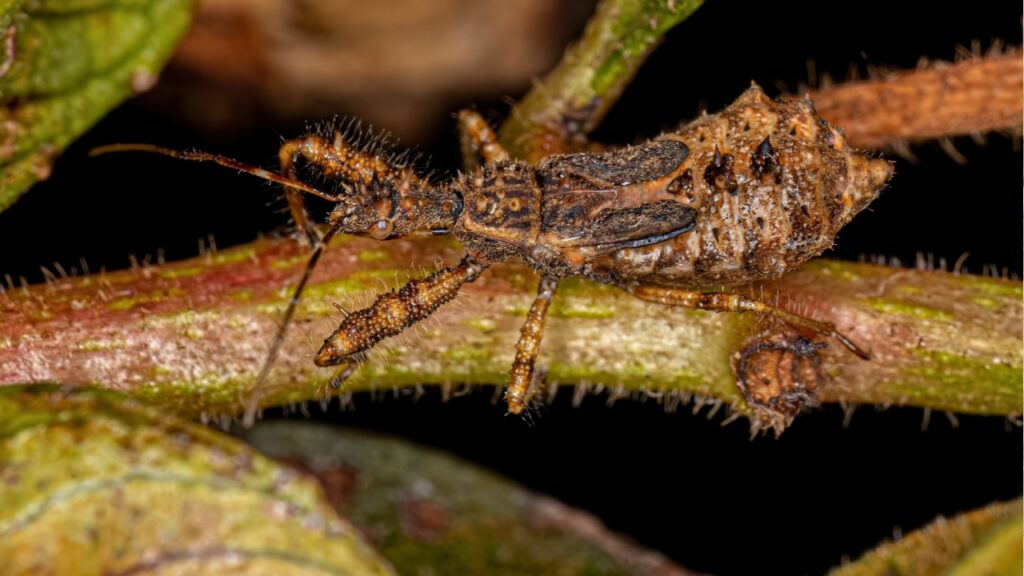
The assassin bug family is huge and varied. They come in many shapes, sizes, and colors. Some are as small as a grain of rice, while others can be as large as your thumb. Their diversity helps them thrive in different environments, from tropical rainforests to your backyard.
The Wheel Bug’s Weapon
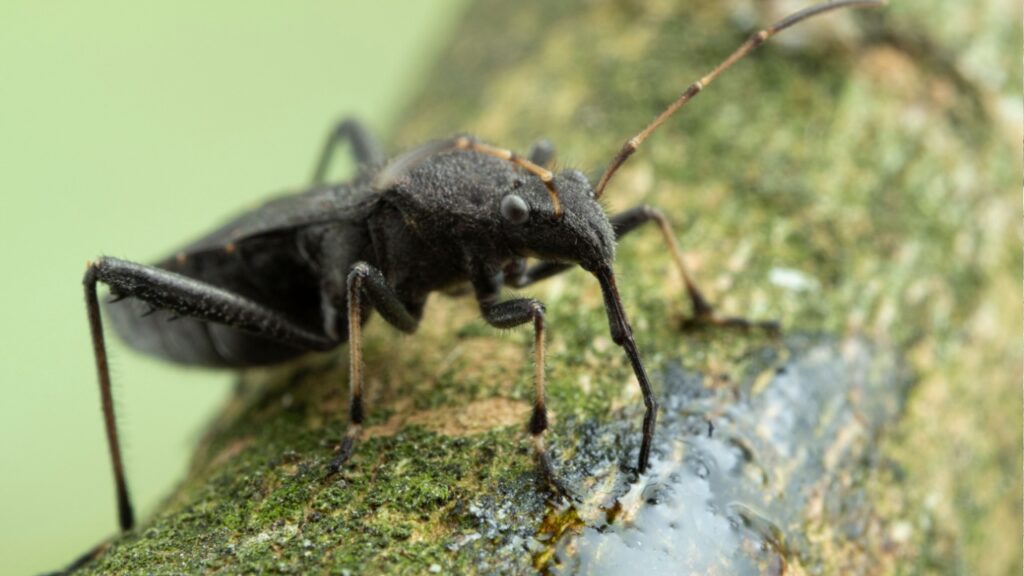
The wheel bug, a type of assassin bug, has a unique cog-like structure on its back. This “wheel” isn’t just for show – it’s thought to help protect the bug from predators. The wheel’s spiky appearance might make birds and other animals think twice before trying to eat it.
A Painful Human Encounter
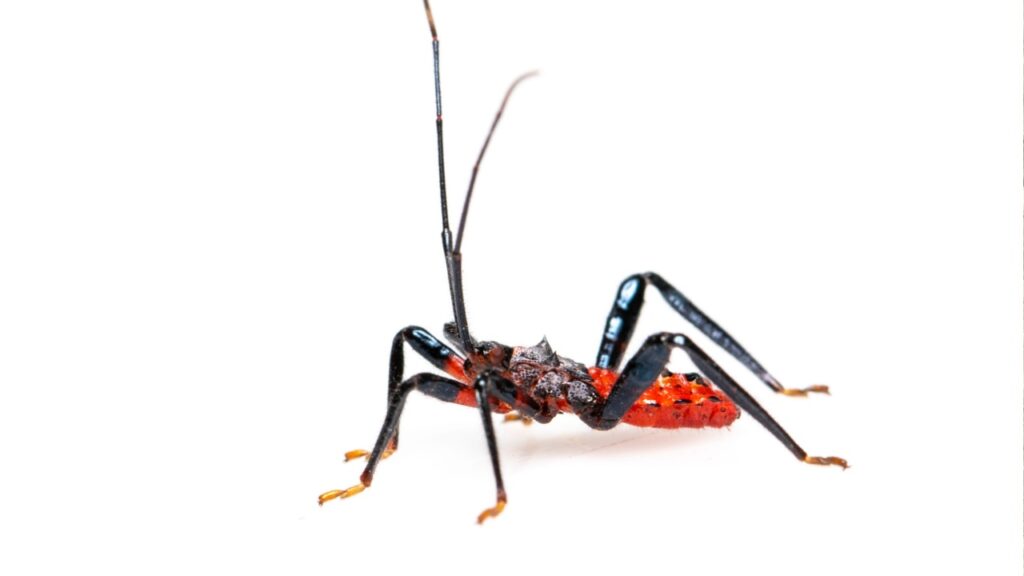
While assassin bugs usually prey on other insects, they can bite humans if threatened. Their bite is extremely painful, often described as feeling worse than a wasp or bee sting. The pain can last for days, and the bite site might swell up considerably.
Disease Carriers
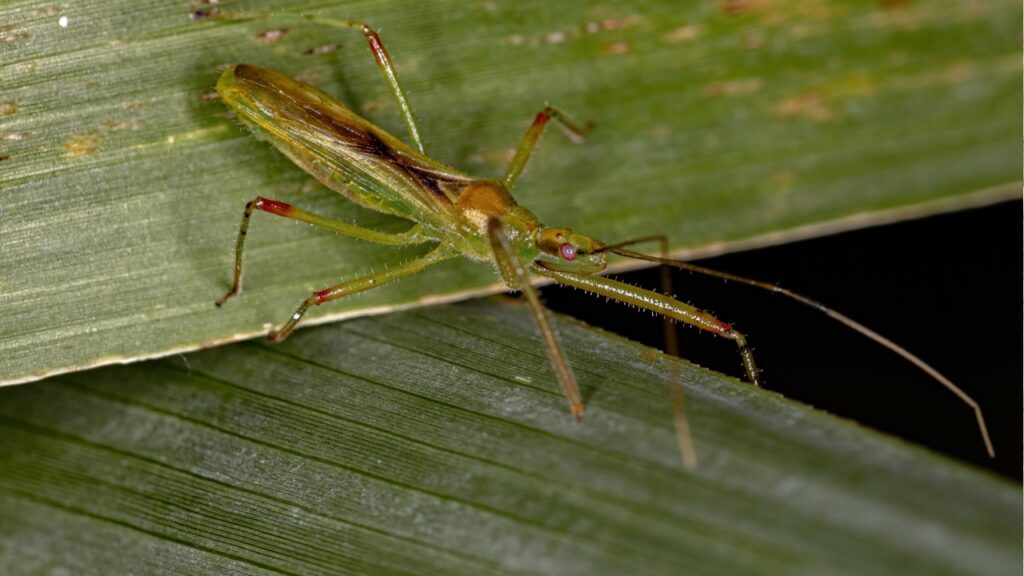
Some assassin bugs, known as kissing bugs, can spread a dangerous disease called Chagas disease. These bugs often bite people around the mouth while they’re sleeping, hence the name “kissing bug.” Chagas disease can cause serious heart and digestive problems if left untreated.
Beneficial Garden Allies
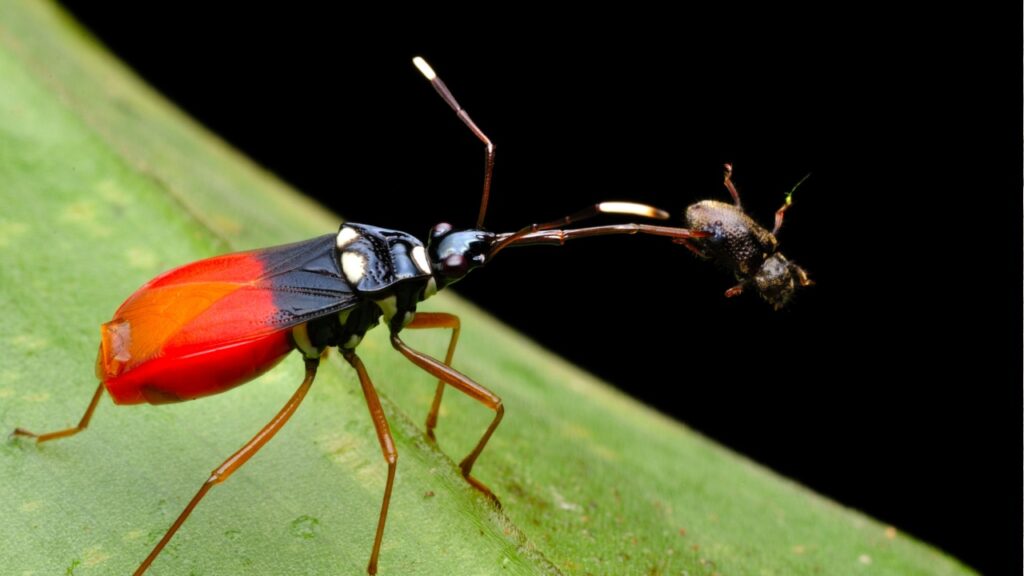
Despite their scary reputation, many assassin bugs are actually helpful in gardens. They prey on common garden pests like caterpillars, aphids, and beetles. Gardeners often welcome these natural pest controllers, as long as they’re careful not to get bitten themselves.
Ancient Assassins
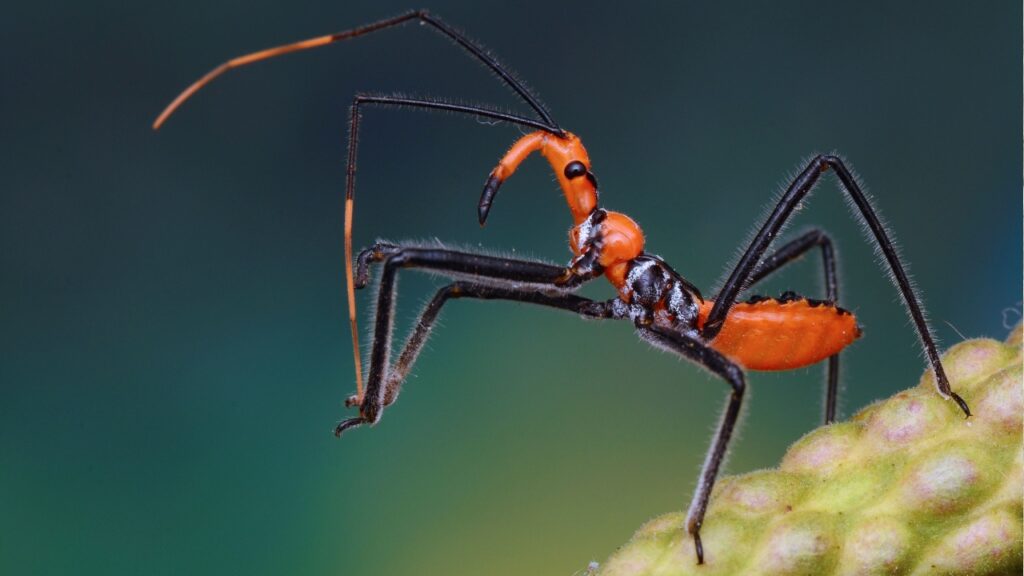
Assassin bugs have been around for a long time. Fossil evidence shows they’ve existed for at least 100 million years. Their successful hunting strategy and adaptability have helped them survive through major changes in the Earth’s climate and ecosystem.
Sneaky Egg-Layers
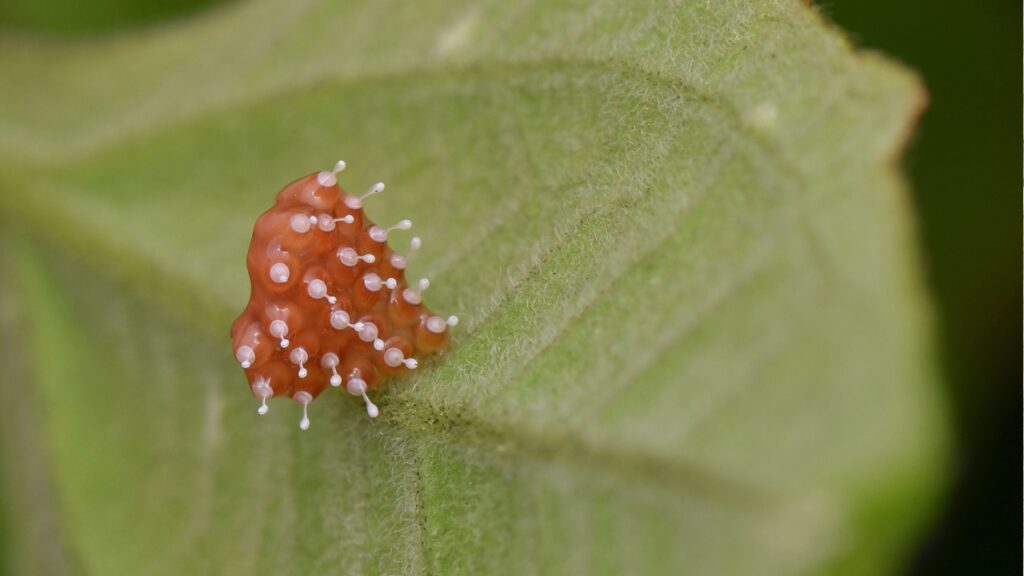
Female assassin bugs have a clever way of protecting their eggs. They often lay their eggs in batches on the underside of leaves or in bark crevices. Some species even cover their eggs with a sticky substance that deters predators. This helps ensure that the next generation of assassin bugs survives to hatch.
The Ambush Hunters
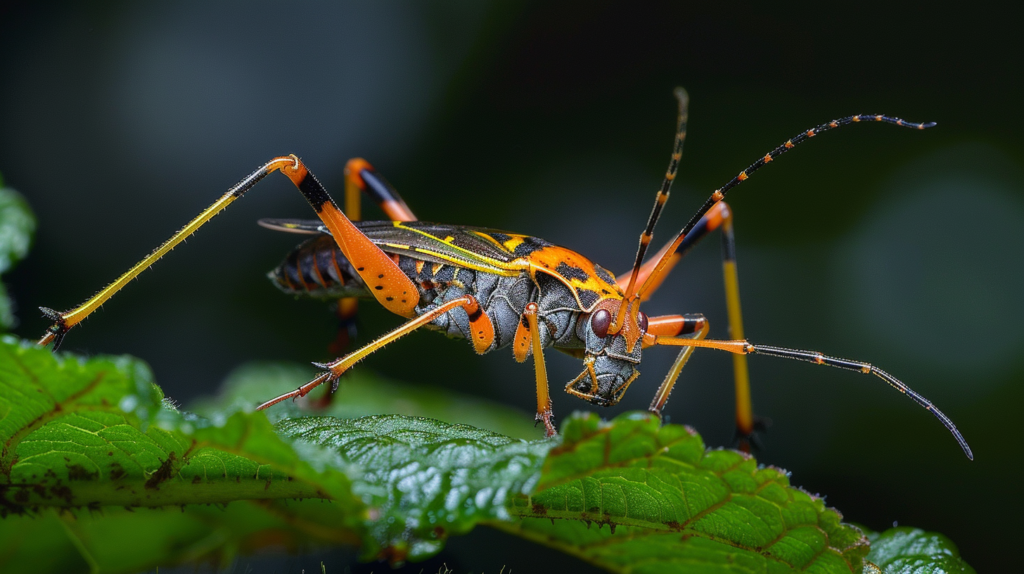
Many assassin bugs are ambush predators. They’ll sit perfectly still, waiting for prey to come close. When an unsuspecting insect wanders by, the assassin bug strikes with lightning speed. This patient hunting strategy helps them conserve energy and catch prey much larger than themselves.
Chemical Warfare
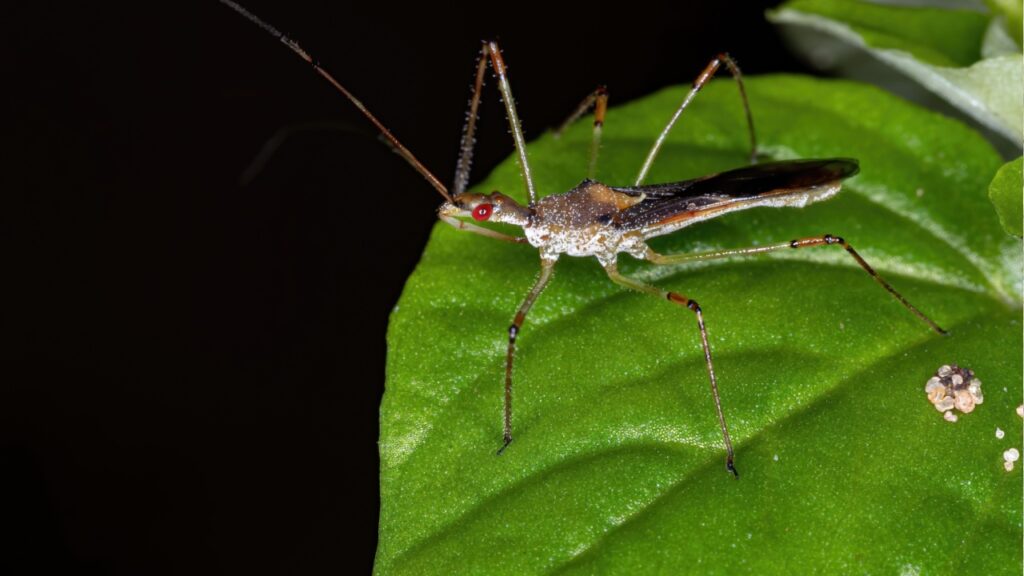
Assassin bugs have scent glands that producxxfrom trying to eat them. It’s like they have their own personal can of bug spray!
The Pirate Bug Connection

Some assassin bugs, known as pirate bugs, are so tiny they can barely be seen with the naked eye. Despite their small size, they’re fierce predators. They often prey on pest insects that damage crops, making them valuable allies for farmers and gardeners.
Vampires of the Insect World
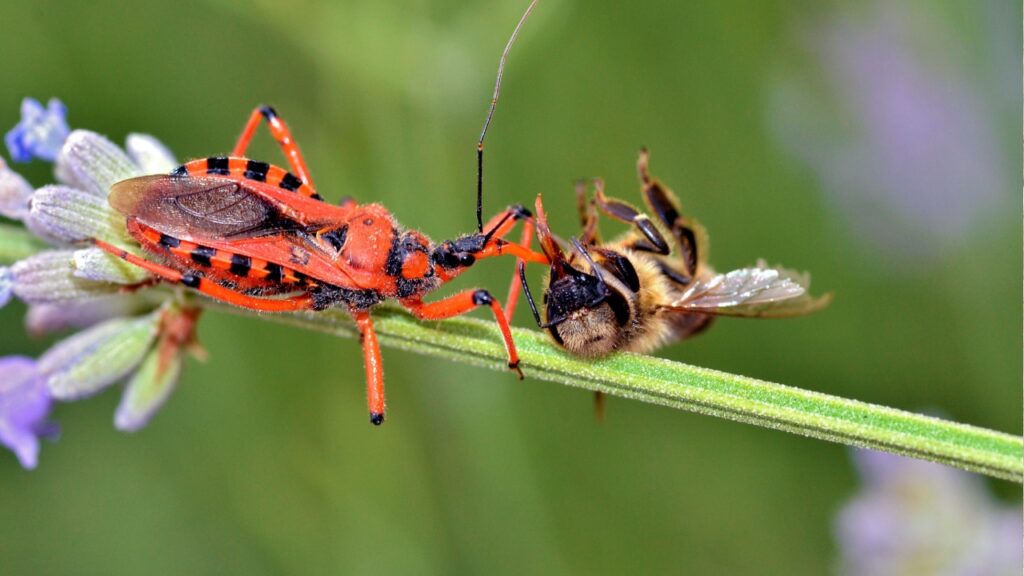
Assassin bugs are sometimes called the vampires of the insect world. This is because of their habit of sucking out the insides of their prey. Some species even prefer to feed at night, adding to their vampire-like reputation.
Maternal Care
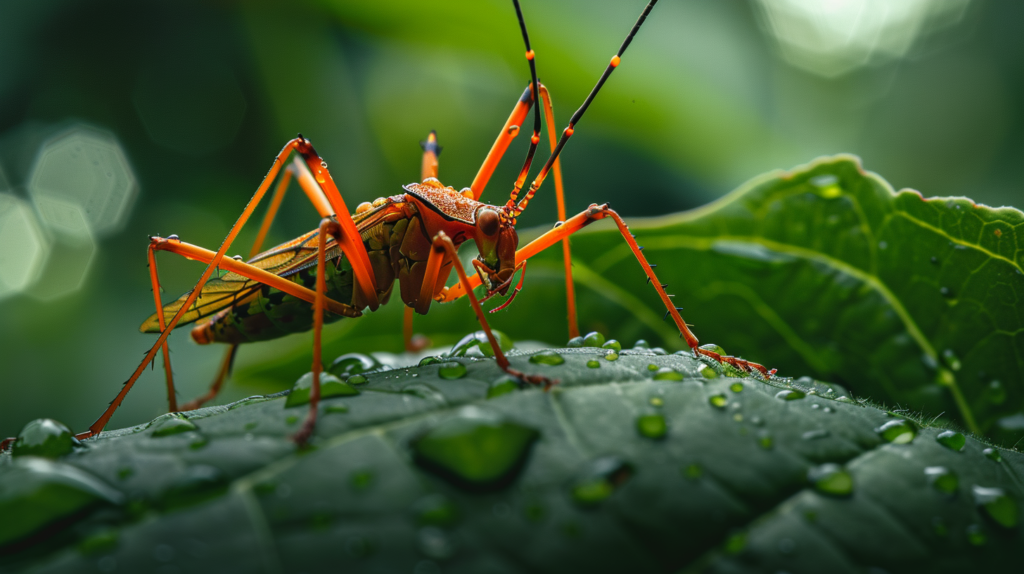
Some assassin bug species show a surprising level of maternal care. The female will guard her eggs until they hatch, protecting them from predators. Some even continue to care for their young after hatching, an unusual behavior in the insect world.
The Corsair’s Deadly Embrace
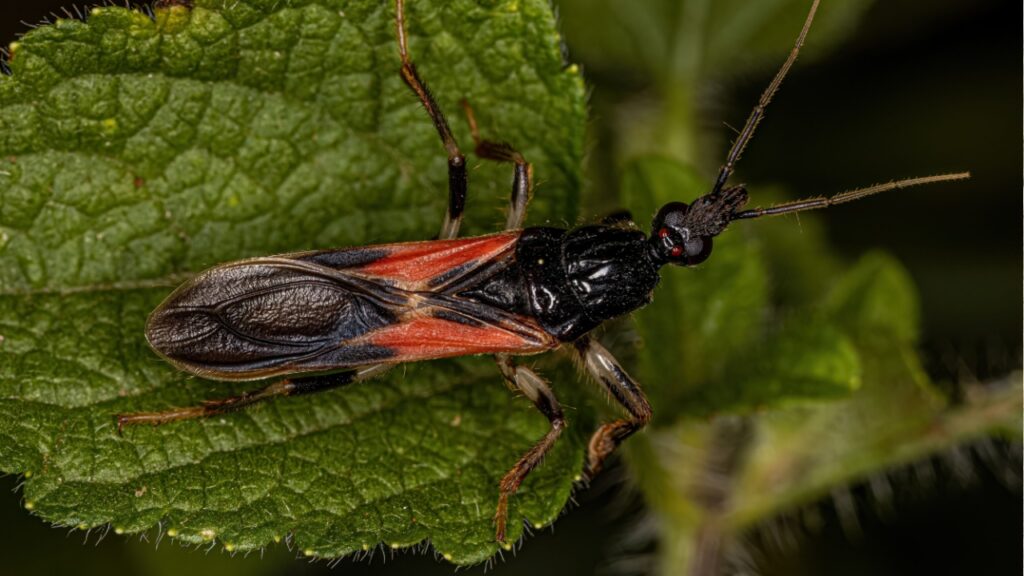
The corsair, a type of assassin bug, has an interesting hunting technique. It wraps its front legs around its prey in a deadly embrace before delivering its venomous bite. This technique allows it to subdue prey much larger than itself.
Assassins in Your Home

While most assassin bugs live outdoors, some species can find their way into homes. They’re attracted to lights at night and might enter through open windows or doors. While they’re not looking to bite humans, their presence can be unsettling, and accidental bites can occur.
Climate Change Concerns
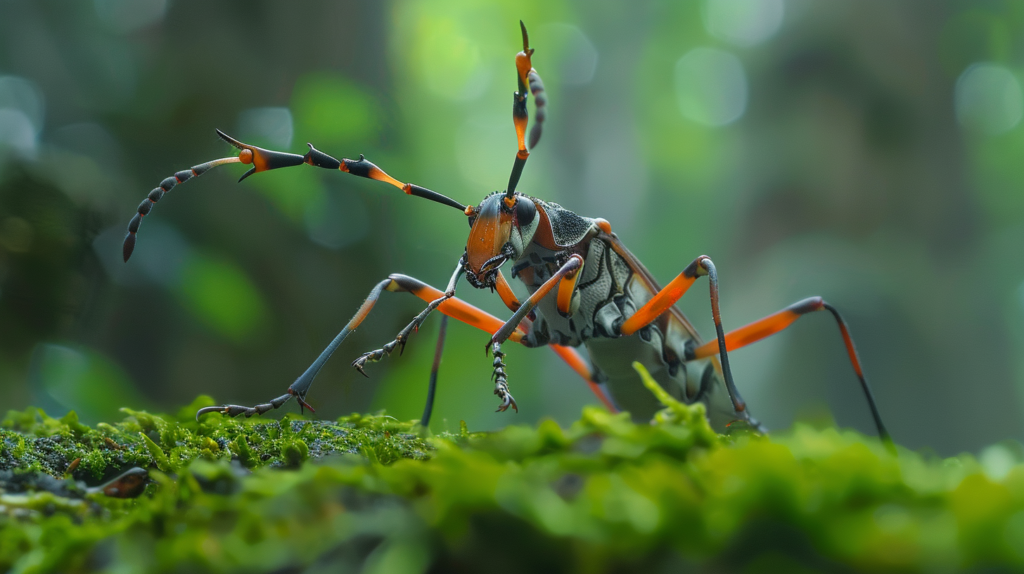
Like many insects, assassin bugs are being affected by climate change. Warming temperatures are causing some species to expand their ranges, potentially bringing disease-carrying kissing bugs into new areas. This highlights the complex ways that climate change can impact ecosystems and human health.
Becky is a fervent wildlife enthusiast and pet care expert with a diploma in canine nutrition. Her love for animals stretches beyond the domestic, embracing the wild tapestry of global fauna. With over a decade of experience in animal welfare, Becky lends her expertise to OutlandishOwl through insightful articles, captivating wildlife information, and invaluable guidance on pet nutrition. Her work embodies a deep commitment to understanding the intricate lives of animals and a passion for educating others on sustaining natural habitats. Becky's hands-on conservation efforts and her knack for translating complex dietary science into practical pet feeding tips make her an indispensable voice for creatures great and small.

